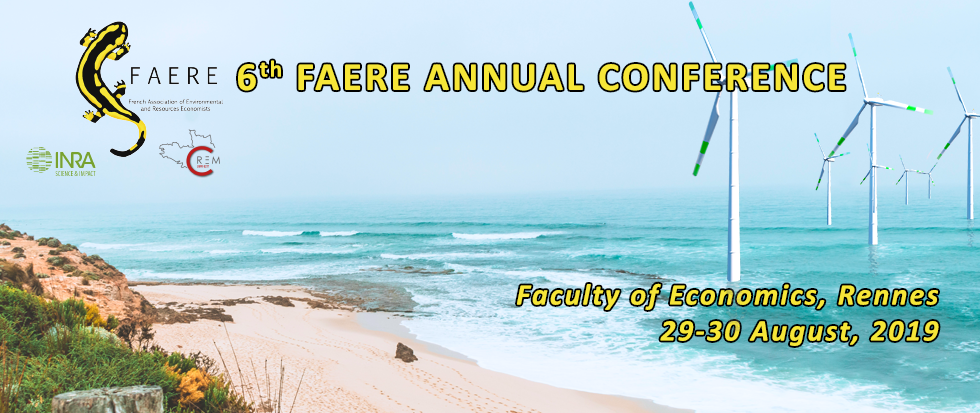Public choice models of environmental policies suggest that governments arbitrage between the conflicting interests of consumers/voters and of producers organized in lobbies. Governments minimize the political costs of these policies by approving those that voters demand without pushing for their implementation, to save cost increases to producers. Environmental policies thus become far reaching but not “stringent”. This paper provides a model where the stringency of environmental policies is the endogenous result of a political arbitrage between conflicting interests of producers and voters; the model also identifies the channels through which these policies affect energy intensity. We test the model in a sample of 16 OECD countries for the period 1995-2012, using a new system of equations and a set of proxies of the stringency of market and non-market based policies. The estimates find that voters demand greater stringency of market based policies only, while lobbies oppose both types. Quality of regulation has a positive impact on market based policy stringency, while left wing governments push for greater stringency in non market based policies. Finally, greater stringency especially in non-market based policies appears to reduce energy intensity.



